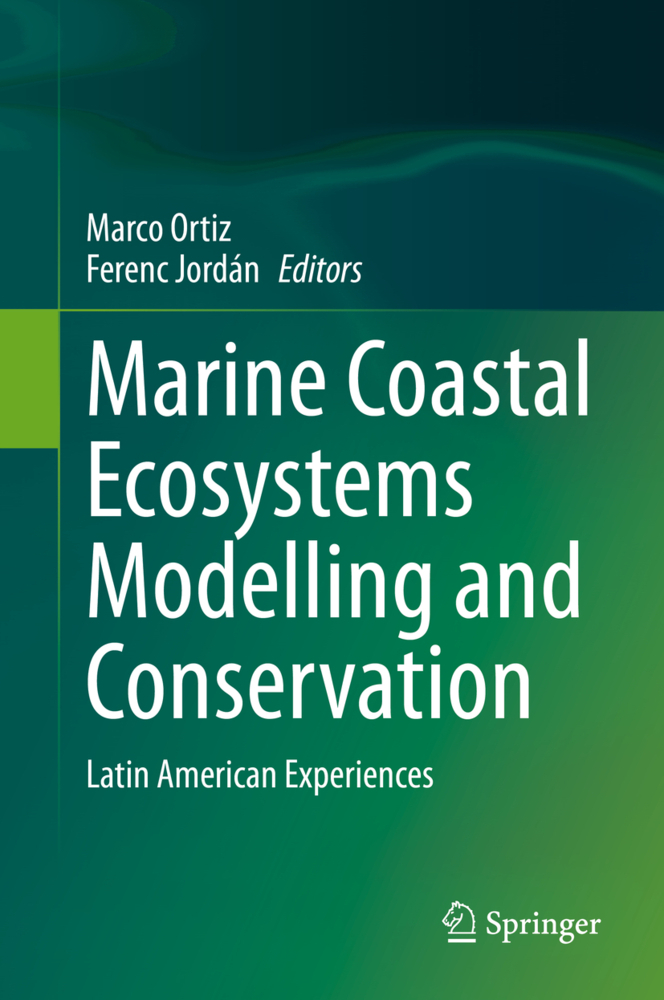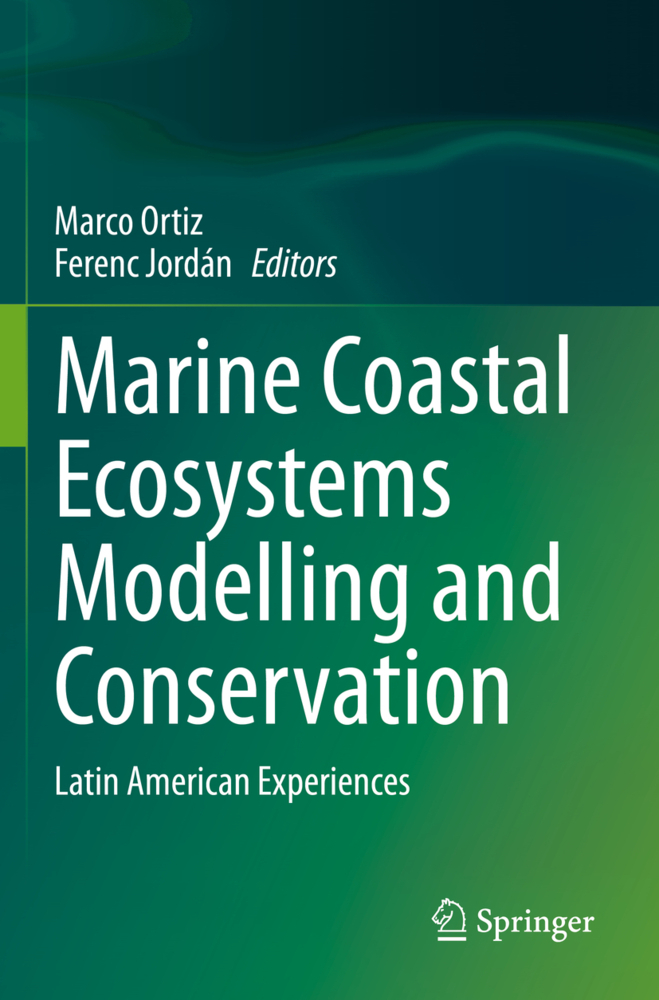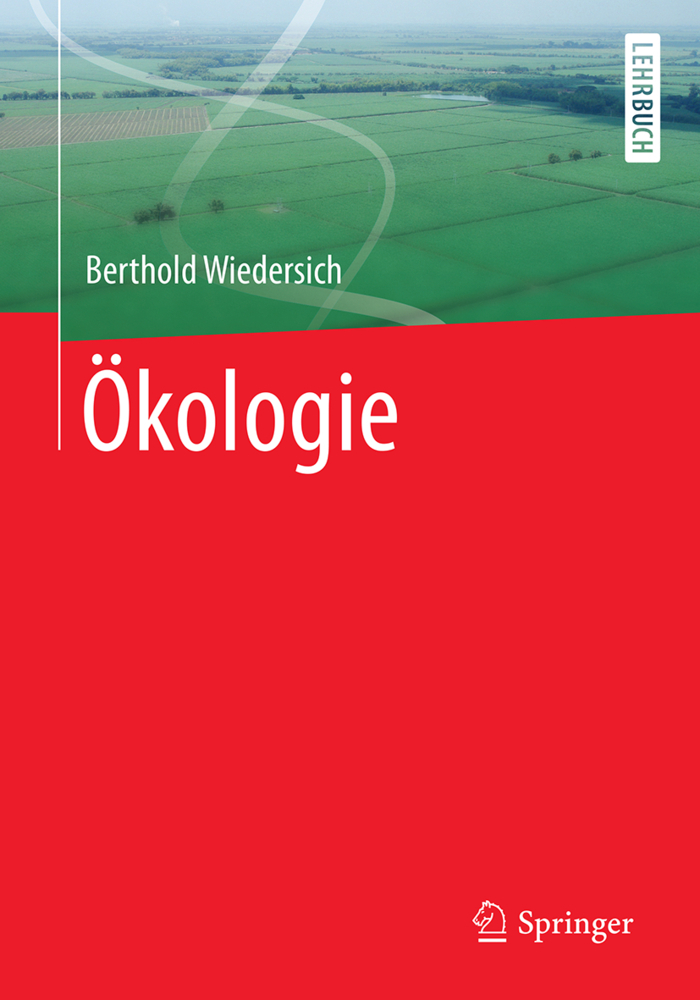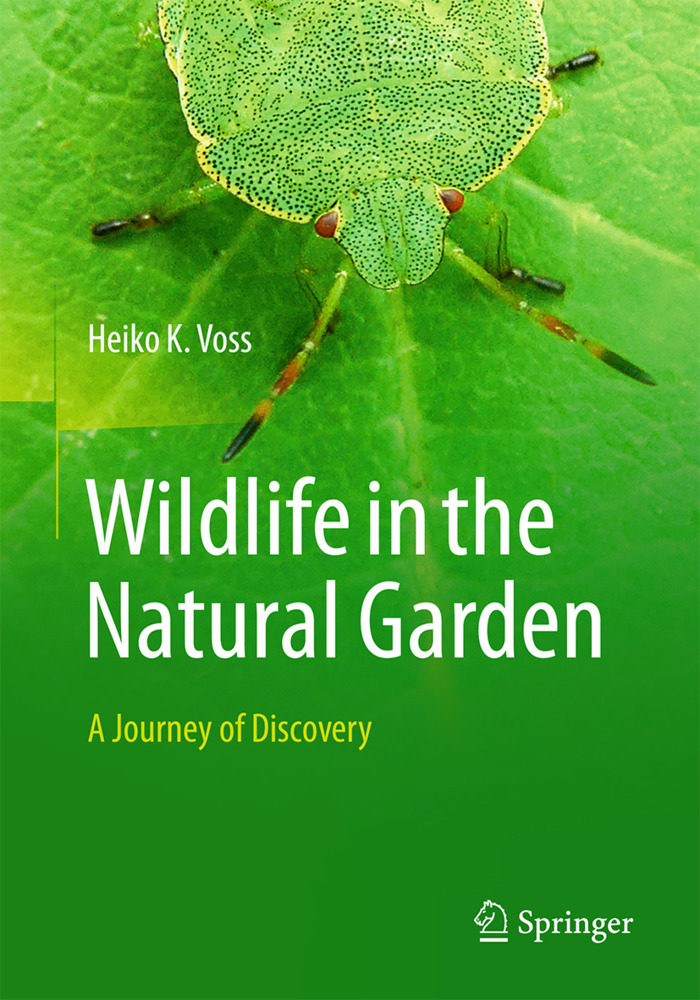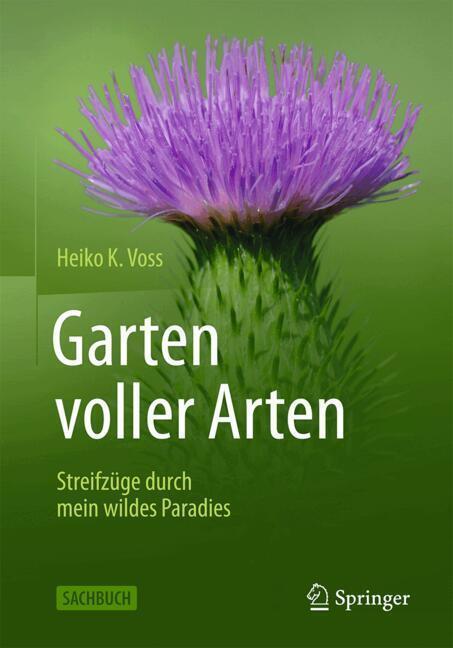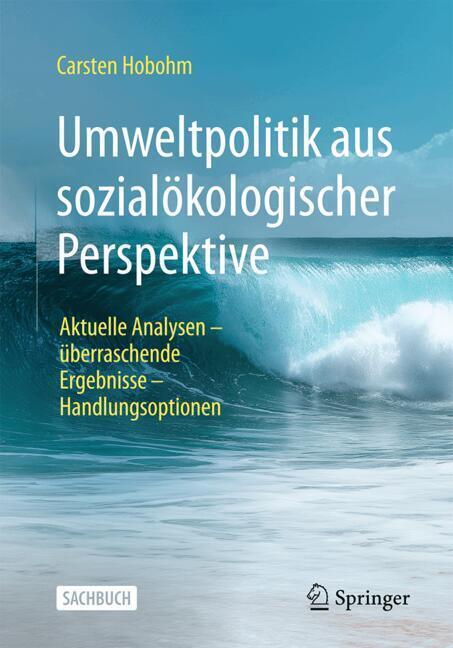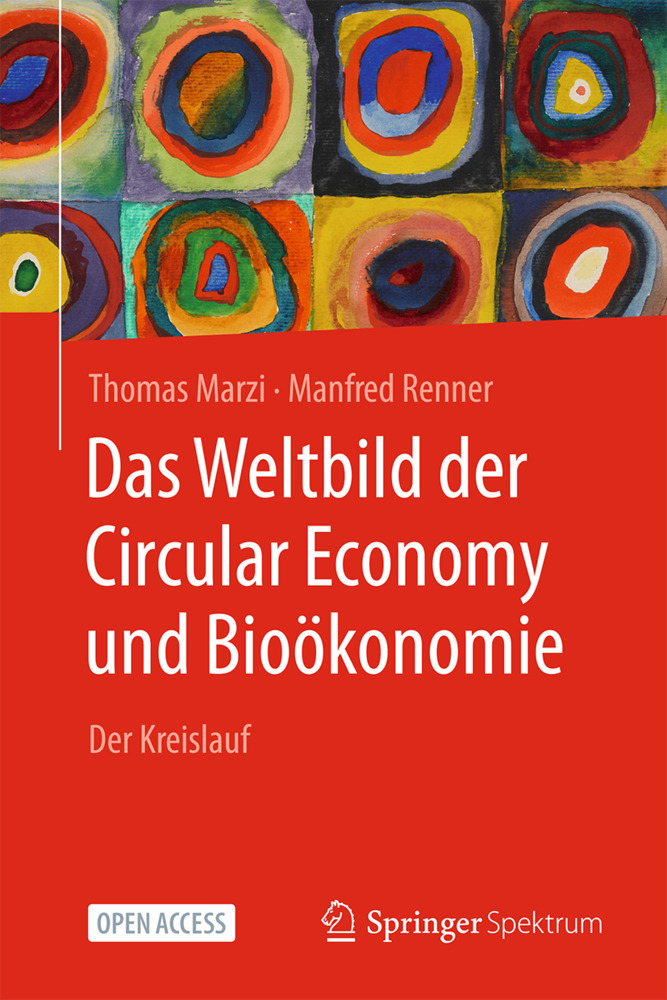Marine Coastal Ecosystems Modelling and Conservation
Latin American Experiences
Marine Coastal Ecosystems Modelling and Conservation
Latin American Experiences
The book presents a collection of large-scale network-modeling studies on coastal systems in Latin America. It includes a novel description of the functioning of coastal complex ecosystems and also predicts how natural and human-made disturbances percolate through the networks. Coastal areas belong to the most populated ecosystems around the globe, and are massively influenced by human impacts such as shipping, mining, fisheries, tourism, pollution and human settlements. Even though many of these activities have facilitated socio-economic development, they have also caused a significant deterioration in natural populations, communities and ecosystems worldwide. Covering coastal marine ecosystems of Latin America such as the NE and SE Pacific, NW Atlantic and Caribbean areas, it discusses the construction of quantitative (Ecopath-Ecosim-Ecospace and Centrality of Node Sets) and semi-quantitative (Loop Analysis) multispecies trophic-network models to describe and assess the impacts of natural and human interventions like pelagic and benthic fishing as well as natural events such as El Niño, and La Niña. The book also features steady state (and/or near moving equilibrium) and dynamical models to support the management of exploited organisms, and applies and quantifies macroscopic indices, based on Ascendency (Ulanowicz) and Local Stability (Levins´ Loop Analysis). Further, it discusses the determination of the Keystone Species Complex Index, which is a holistic extension of the classical concept of Keystone Species (Paine), offering novel strategies for conservation monitoring and management.
Chapter 2. SE Pacific: the ecosystem and its use along the Chilean and Peruvian coast
SECTION II. Marine ecosystem models in the South East Pacific coast
Chapter 3. Modelling the Northern Humboldt Current Ecosystem; from winds to predators
Chapter 4. Marine ecosystem models in the South Pacific coast
Chapter 5. Keystone Species Complexes and macroscopic properties for improving ecosystem-based conservation practices in kelp forest along the north-central Chilean coast
Chapter 6. Exploring alternative management policies for benthic ecological systems of northern Chile (SE Pacific)
SECTION III. Central Pacific, Caribbean and Atlantic coastal ecosystem models
Chapter 7. How much biomass must remain at the sea after fishing to conserve ecosystem
functioning? The case of the Monterey sardine in the Gulf of California, Mexico
Chapter 8. Dynamic and spatial model of the coral reef of Banco Chinchorro Biosphere Reserve (Caribbean Sea) for assessment harvest scenarios: short-term responses
Chapter 9. Ecological role of sharks assessed by Ecopath models
SECTION IV. System-based conservation and management: conclusions
Chapter 10. Graph theory in food webs: uses and applications for conservation of marine ecosystems
Chapter 11. Modelling aim the conservation of coastal marine ecosystem in Latin America.
SECTION I. Natural and human environment of coastal ecosystems
Chapter 1. Ecological modelling and conservation on the coasts of MexicoChapter 2. SE Pacific: the ecosystem and its use along the Chilean and Peruvian coast
SECTION II. Marine ecosystem models in the South East Pacific coast
Chapter 3. Modelling the Northern Humboldt Current Ecosystem; from winds to predators
Chapter 4. Marine ecosystem models in the South Pacific coast
Chapter 5. Keystone Species Complexes and macroscopic properties for improving ecosystem-based conservation practices in kelp forest along the north-central Chilean coast
Chapter 6. Exploring alternative management policies for benthic ecological systems of northern Chile (SE Pacific)
SECTION III. Central Pacific, Caribbean and Atlantic coastal ecosystem models
Chapter 7. How much biomass must remain at the sea after fishing to conserve ecosystem
functioning? The case of the Monterey sardine in the Gulf of California, Mexico
Chapter 8. Dynamic and spatial model of the coral reef of Banco Chinchorro Biosphere Reserve (Caribbean Sea) for assessment harvest scenarios: short-term responses
Chapter 9. Ecological role of sharks assessed by Ecopath models
SECTION IV. System-based conservation and management: conclusions
Chapter 10. Graph theory in food webs: uses and applications for conservation of marine ecosystems
Chapter 11. Modelling aim the conservation of coastal marine ecosystem in Latin America.
| ISBN | 978-3-030-58210-4 |
|---|---|
| Artikelnummer | 9783030582104 |
| Medientyp | Buch |
| Copyrightjahr | 2020 |
| Verlag | Springer, Berlin |
| Umfang | X, 207 Seiten |
| Abbildungen | X, 207 p. 41 illus., 3 illus. in color. |
| Sprache | Englisch |

